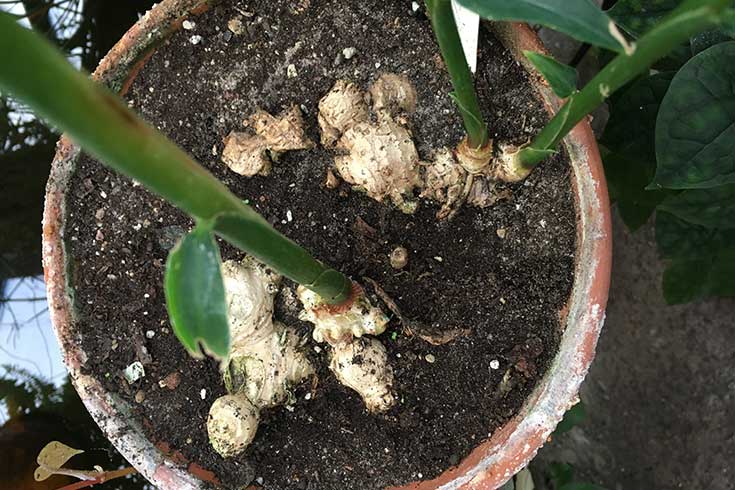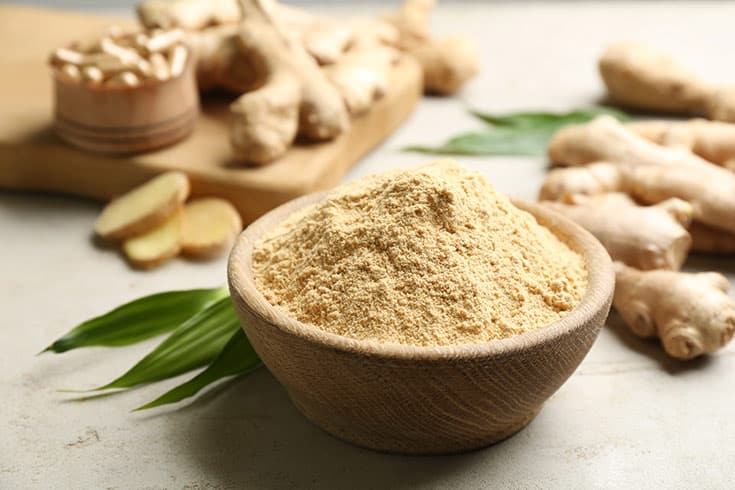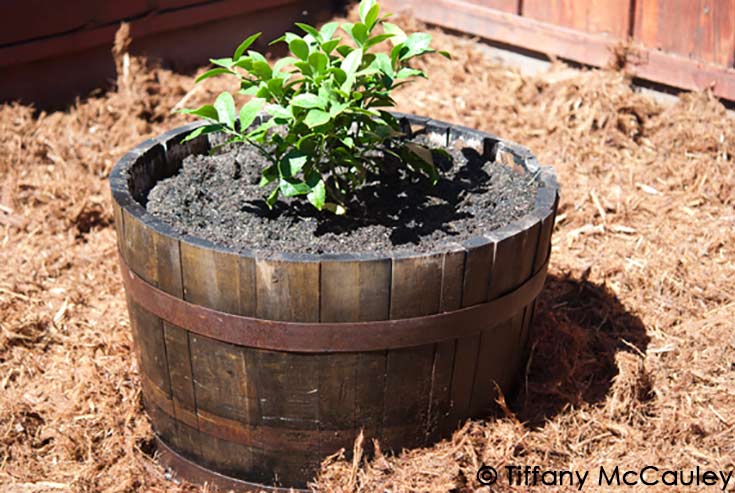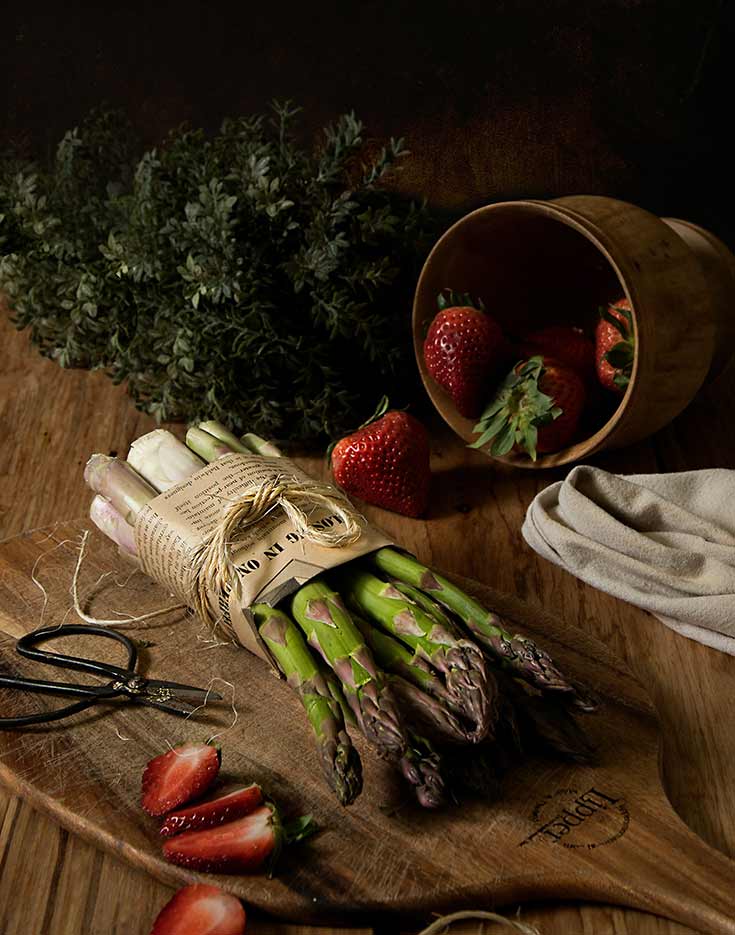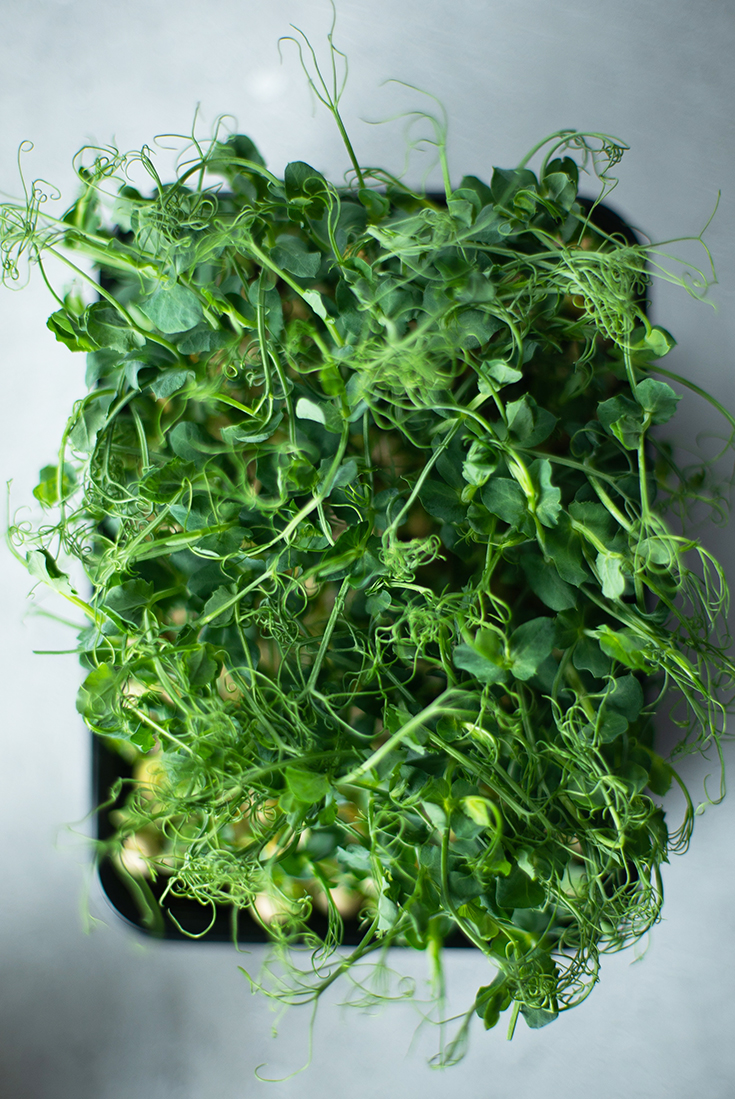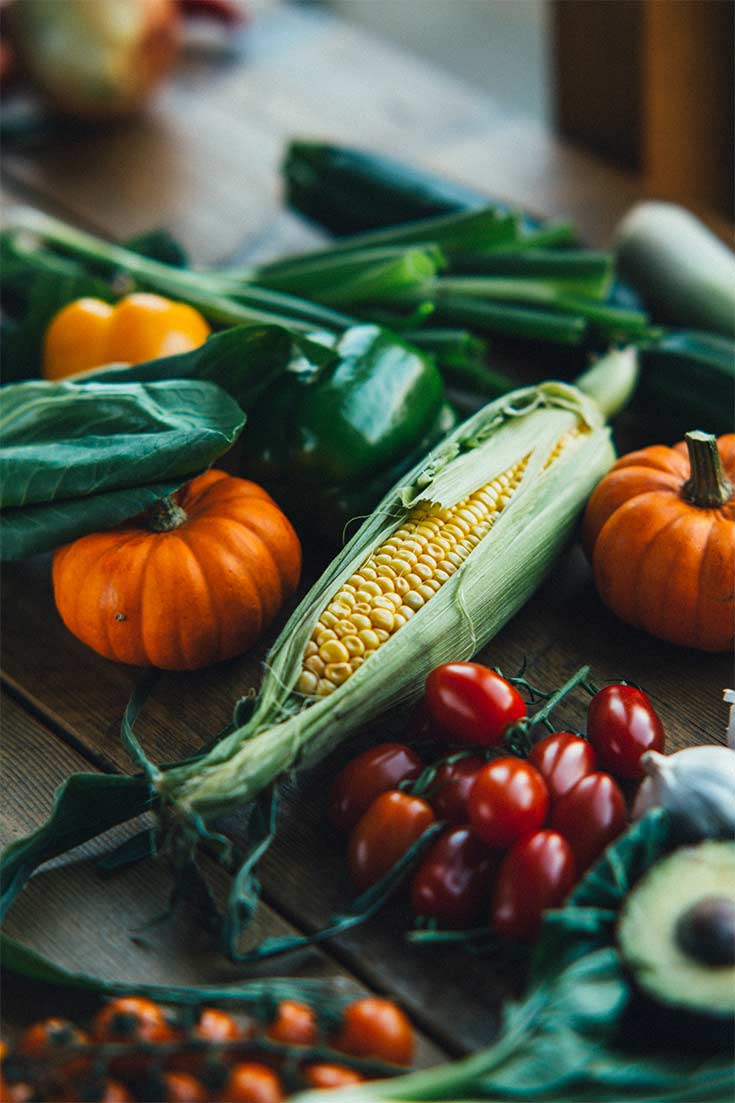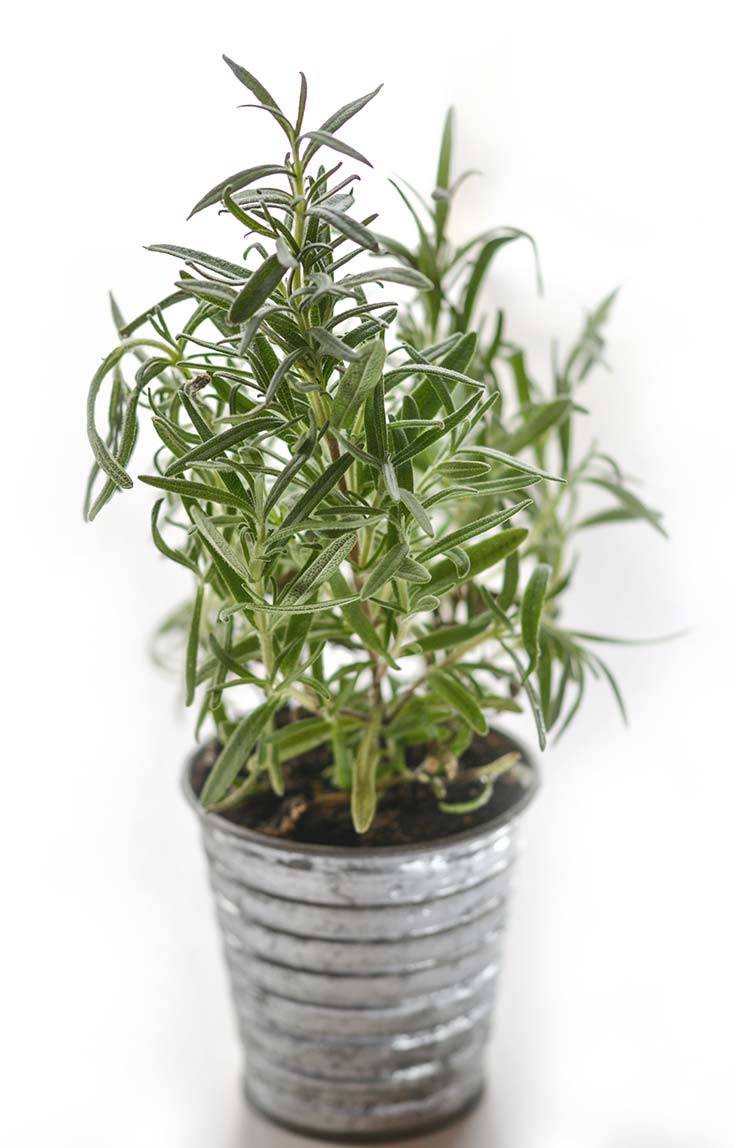How To Grow Ginger Indoors
Discover how to grow ginger indoors successfully, from selecting the right root to harvesting ginger for your culinary adventures.
Ginger, with its aromatic and spicy flavor, is a versatile ingredient used in various culinary cuisines. While it is typically grown in tropical climates, you can successfully grow it indoors as a houseplant, allowing you to enjoy the freshest ginger for your recipes. Here, I’ll cover how to grow ginger, starting from selecting the right type of root to harvesting your grown ginger.
How long does it take to grow ginger indoors?
Growing ginger indoors takes some patience. It’s not a plant that matures quickly. It will usually take 8-10 months for ginger to reach maturity when grown indoors. That said, you can harvest some of the smaller, more tender rhizomes in just 3 or 4 months after planting.
Does ginger grow well indoors?
Yes, ginger grows really well indoors if you give it everything it needs. You’ll need a warm, humid environment for the best results. If you don’t live in a humid area, read on for how you can still grow ginger in your home.
Can I plant ginger root from the grocery store?
Yes, you can. In fact, it’s one of the easiest ways to start growing ginger. Pic a plump, firm, ginger root that has visible “eyes” or growth buds. That said, it’s best to look for organic ginger.
Can you grow ginger in pots?
Yes. You can grow ginger in pots. In fact, it’s really the only way to grow it indoors! You’ll want a large container with a depth of at least 12 inches. This will give you plenty of room for proper drainage as well as space for the roots to spread.
How to grow ginger indoors
You’ll need to look carefully, especially if you purchase a root from a grocery store. You may need to get a root at a nursery if you can’t find a decent one at the store. But grocery stores do sometimes carry roots that are good enough to plant your own ginger plant. Look for a root piece with several eyebuds.
Encourage Sprouting
Before you plant the root, soak it in warm water for about 24 hours to help encourage it to sprout. The root should be at least 2 inches long with well-developed eyes.
Plant in a Large Container
Use a large pot with drainage holes, as mentioned above. Plant the root with the eyes facing up and cover it with about an inch of soil. Keep the soil consistently moist but not waterlogged.
Hill the Soil
As the ginger plant grows, hill the soil around the base to promote healthy growth. This mimics the natural environment of ginger, which usually grows on hillsides.
Your Ginger Harvest
After 8 to 10 months, you can harvest your ginger. Gently dig around the plant, being careful not to damage the rhizomes. Select mature rhizomes but leave some in the soil to continue growing. Remember, it’s the root you want. Not the ginger shoots, stalk, or leaves from the top. The usable part is all underground, just like a potato.
Storing Fresh Ginger
Keep fresh ginger out of direct sun. Break off a piece of ginger from the root whenever you need some. Ginger can also be frozen for later use. Freeze in chunks or minced. The peel is edible, but it’s also a good addition to a compost pile. Especially if you haven’t added any chemicals while growing it.
Growing Tips for how to grow ginger indoors
Temperature and light
Keep your ginger plant in a well-lit, warm area with indirect sunlight. It thrives between 75-85F. (24-29C.). Your indoor climate is important to a healthy ginger plant. It’s not impossible to grow ginger in cold climates, but it’s definitely more of a challenge than in warm climates, despite ginger being a hardy plant.
Humidity
Ginger plants love humidity. You can increase humidity by misting the plant or placing a tray of water nearby. Keep reading if you don’t live in a humid area. Instructions for that are below.
Watering
Keep the soil consistently moist but not waterlogged. Ensure that your pot has good drainage to prevent root rot.
Fertilizing
Use a balanced, slow-release fertilizer during the growing season and reduce your use of fertilizer during the dormant period.
Pests and Diseases
Be vigilant about pests such as spider mites and aphids. Use organic pest control methods to protect your ginger plant.
What do I do if I don’t live in a humid area?
Growing ginger indoors in a non-humid environment is possible, but you’ll need to take some extra steps to provide the necessary moisture for your ginger plant. Ginger naturally thrives in warm and humid conditions, so it may require some extra care in a less humid environment. Here’s a step-by-step guide to growing ginger indoors in a low-humidity environment:
- Select a Suitable Location: Choose a warm and well-lit spot for your ginger plant. A bright, indirect light source, such as a south or east-facing window, is ideal. If you don’t have access to natural light, you can use grow lights to provide sufficient light.
- Use a Large Container: Select a spacious pot with good drainage. The pot should be at least 12 inches deep and wide to accommodate the ginger rhizomes as they grow. The larger the container, the better, as it can help retain moisture.
- Well-Draining Soil: Use well-draining potting soil with a mixture of perlite or sand to ensure water doesn’t accumulate around the roots. Good drainage is essential to prevent root rot.
- Watering: Water your ginger plant regularly, keeping the soil consistently moist but not waterlogged. When you water, do so deeply and allow any excess water to drain from the pot. It’s important to keep the soil consistently moist, but overwatering can be detrimental.
- Humidity Tray: Place a tray filled with water and pebbles near the ginger plant. As the water evaporates, it will increase the humidity around the plant. Be sure the pot is not sitting directly in the water, as you want to maintain well-drained soil.
- Misting: Regularly mist the plant with water to increase humidity. However, avoid misting in the evening to prevent fungal issues caused by prolonged leaf wetness.
- Mulching: Apply a layer of organic mulch on the soil surface to help retain moisture and regulate the soil’s temperature. This can also aid in humidity control.
- Temperature Control: Maintain a consistent temperature between 75-85°F (24-29°C) for your ginger plant. Avoid placing it in drafty or excessively cold areas.
- Fertilizing: Use a balanced, slow-release fertilizer during the growing season. Ginger benefits from regular feeding. Reduce or stop fertilization during the dormant period.
- Pest Control: Keep an eye out for common indoor plant pests like spider mites and aphids. Use organic pest control methods to protect your ginger plant.
- Patience: Remember that ginger is a slow-growing plant. It can take 8 to 10 months to reach maturity, but you can harvest small rhizomes in as little as 3-4 months.
- Harvesting: When your ginger plant matures, you can harvest by carefully digging around the base and selecting mature rhizomes for use, leaving some in the soil to continue growing.
Cooking and Recipe Ideas
ginger adds wonderful flavor to a plethora of dishes. Here are some ideas for using the ginger you’ve grown at home:
Growing ginger indoors is a rewarding experience. With the right care and attention, you can nurture a ginger plant from a simple root at the grocery store to a beautiful plant grown in your own home.
How To Make Dried Ginger Powder
Making dried ginger powder is a straightforward process that allows you to preserve ginger for extended use in your cooking. Here are the steps to make your own dried ginger powder:
Ingredients and Materials:
- Fresh ginger root
- A vegetable peeler or spoon for scraping the ginger skin
- A sharp knife or mandoline for slicing the ginger
- A dehydrator or an oven
- A spice grinder or mortar and pestle for grinding
Instructions:
- Select and Prepare the Ginger: Choose fresh ginger root that is firm and free of mold or soft spots. Wash and peel the ginger root. You can use a vegetable peeler or a spoon to scrape off the skin.
- Slice the Ginger: Slice the peeled ginger into thin, uniform pieces. You can use a sharp knife for this, but a mandoline can help you achieve even slices.
- Dehydrate the Ginger: You have two options for dehydrating the ginger:
- Using a Dehydrator: Place the ginger slices on the dehydrator trays in a single layer, ensuring they are not overlapping. Set the dehydrator to a low temperature, typically around 125°F (52°C), and let the ginger slices dehydrate for about 6-8 hours or until they are completely dry and brittle.
- Using an Oven: If you don’t have a dehydrator, you can use your oven. Preheat the oven to its lowest setting (usually around 150-170°F or 65-75°C). Place the ginger slices on a baking sheet lined with parchment paper and bake with the oven door slightly ajar for 2-4 hours or until they are thoroughly dried. Make sure to check the ginger regularly to prevent burning.
- Cool the Dried Ginger: Allow the dried ginger slices to cool completely. They should be hard and brittle, which is a sign that they are ready for grinding.
- Grind the Ginger: Transfer the cooled, dried ginger slices to a spice grinder or use a mortar and pestle to grind them into a fine powder. If using a spice grinder, pulse the ginger in short bursts to achieve a fine consistency. If using a mortar and pestle, grind the ginger in batches until you achieve the desired powder.
- Store the Ginger Powder: Transfer the freshly ground ginger powder to an airtight container, preferably a glass jar or a spice container. Store it in a cool, dry place away from direct sunlight. Properly stored ginger powder can last for several months, maintaining its flavor and aroma.




